
3 Feb, 2015
Spot the ASEAN logo contest: How tourism has failed to build a single ASEAN identity
Nay Pyi Taw, Myanmar – If the ASEAN tourism industry, and the ASEAN fraternity at large, has failed to generate a strong and united brand-image, these pictures below of the ASEAN Tourism Forum hosted for the first time in the Myanmar capital between January 22-29, 2015, will prove why.
The ASEAN logo, the primary symbol of the “ASEAN identity”, had a nondescript, low-profile presence at the ATF. Only one country pavilion displayed it prominently. Which one? Check out the pictures.
Brands gain recognition and prominence by having their names, logos and catch-line slogan attain ubiquitous presence, especially in places that count. But the ASEAN tourism industry is doing little to promote its own brand.
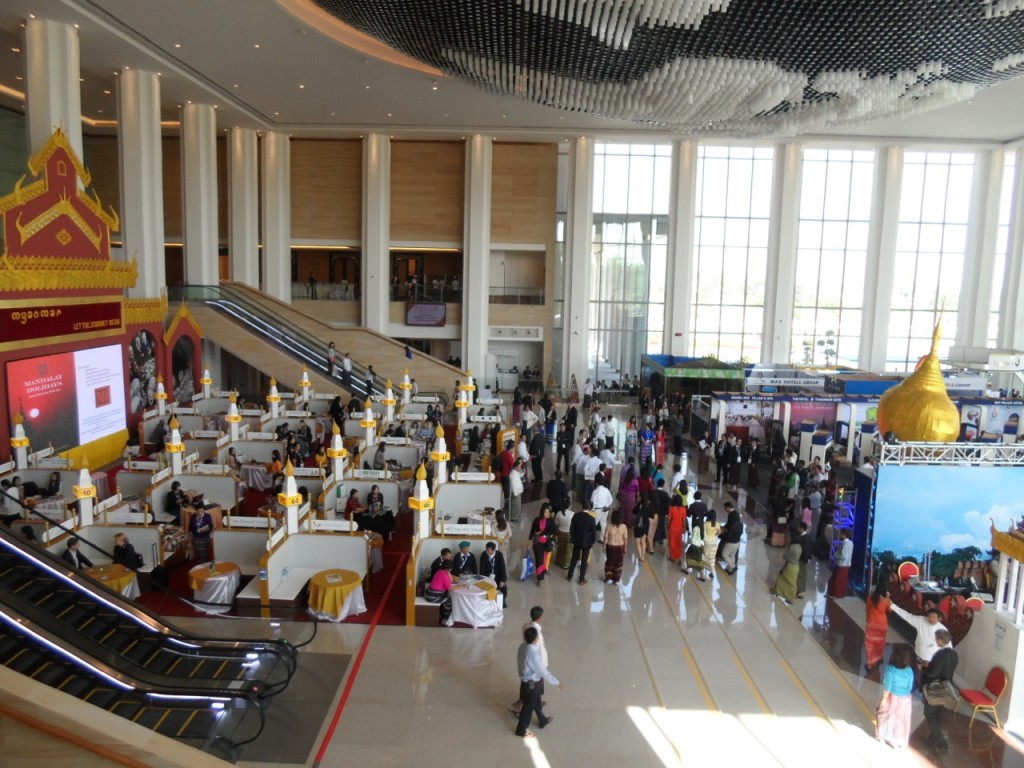 The main foyer area of the ATF where many of the Myanmar sellers were located. No ASEAN brand logo anywhere. |
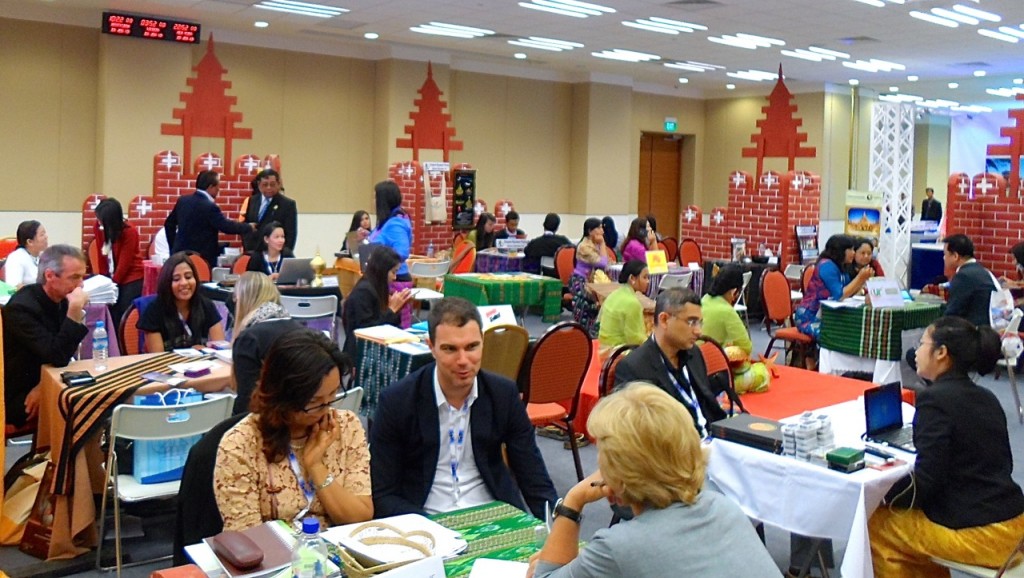 More Myanmar sellers inside. Again, no ASEAN logo anywhere. |
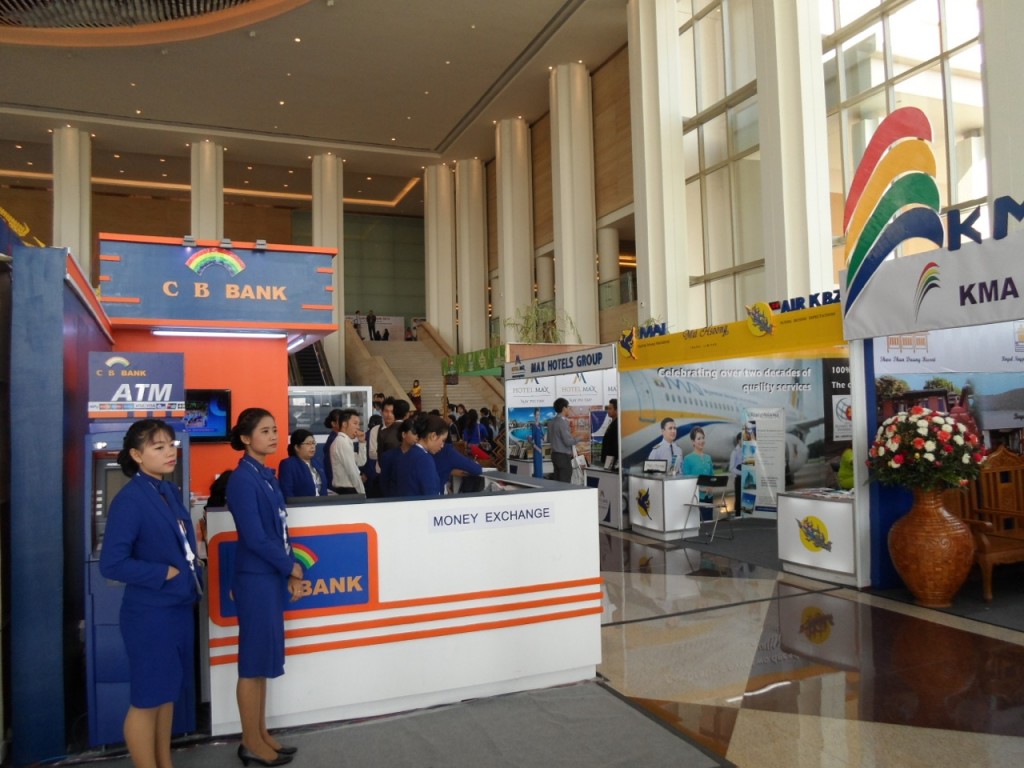 Another view of the main foyer area with Myanmar sellers. No ASEAN logo here, either. |
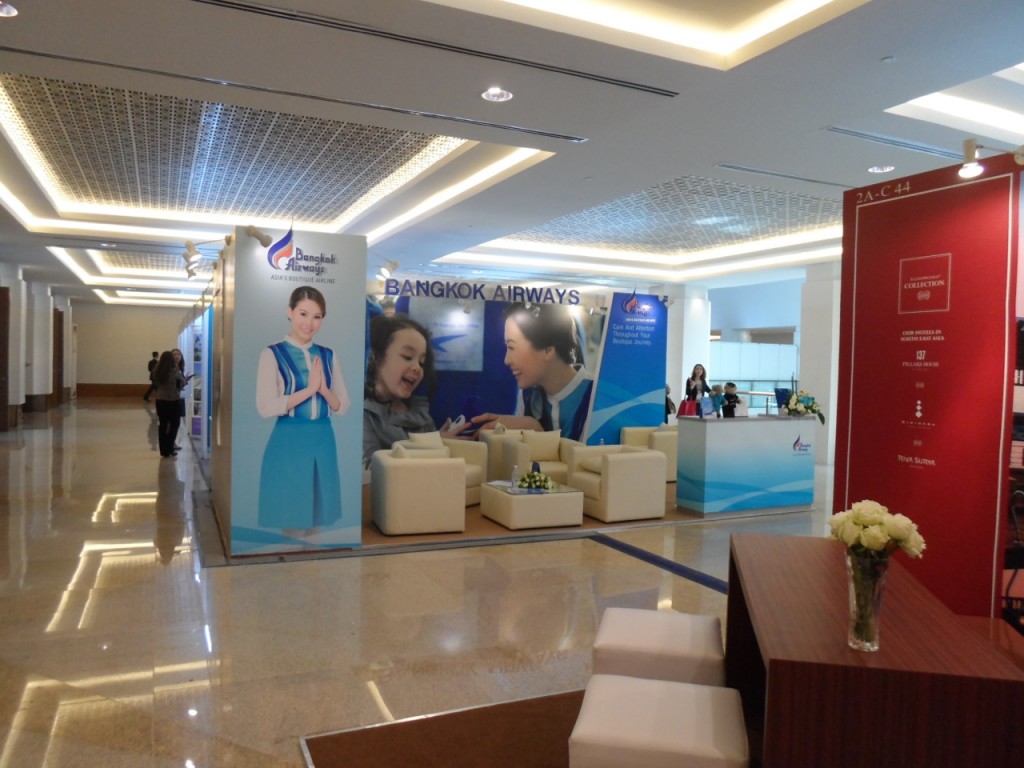 The Bangkok Airways stand, Asia’s boutique airline. No ASEAN logo. |
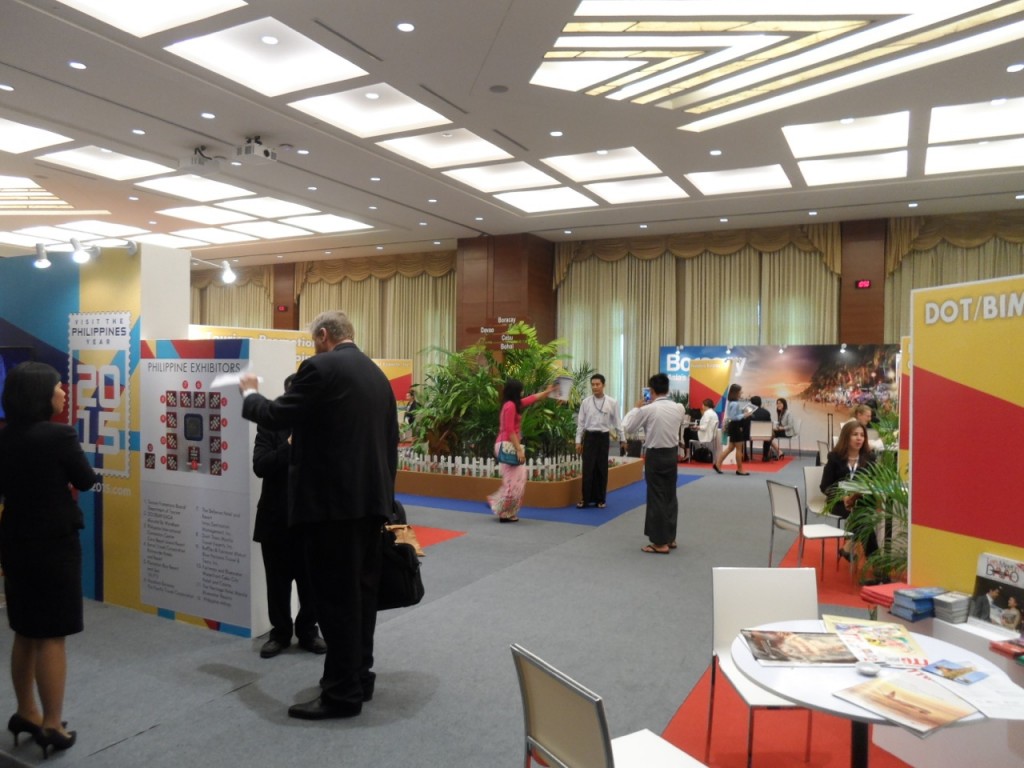 The Philippines hall. No ASEAN logo anywhere. |
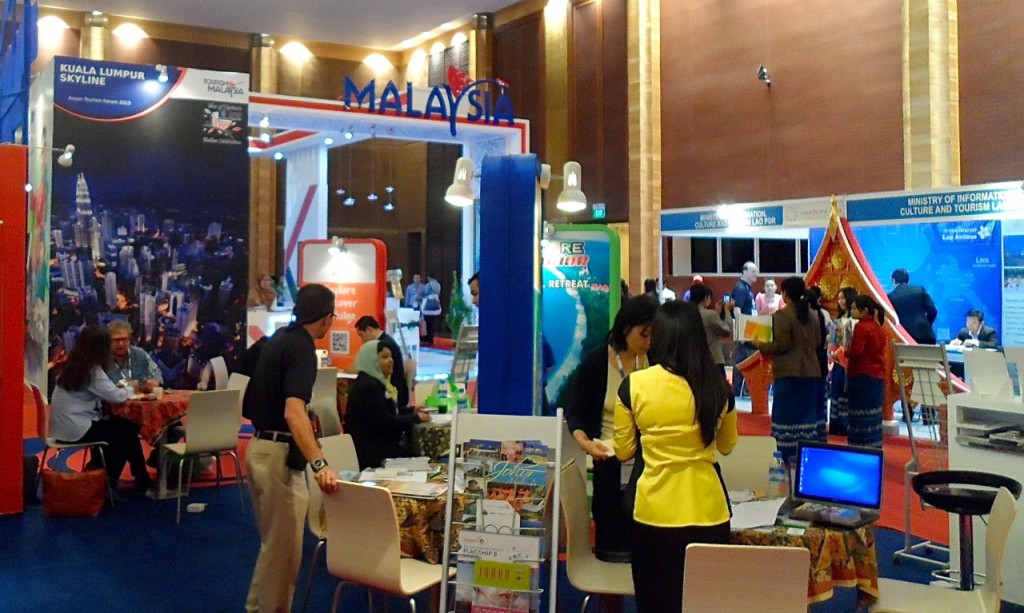 The Malaysian stand. No ASEAN logo here, either. |
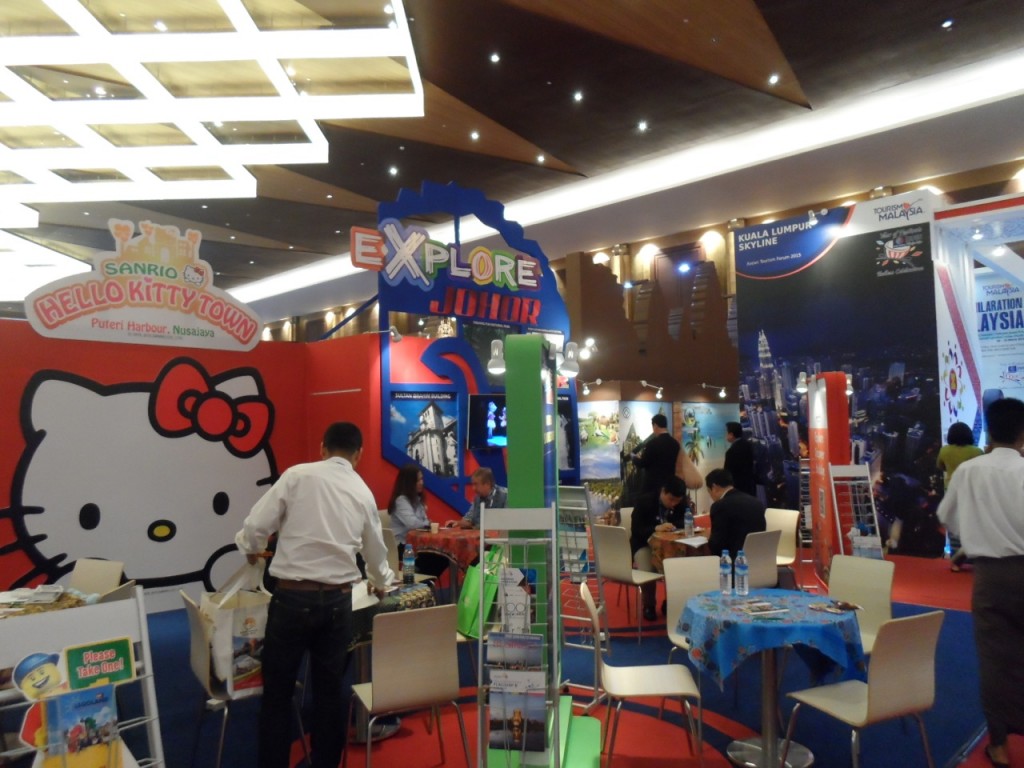 The Malaysian pavilion from another angle. Still no ASEAN logo. |
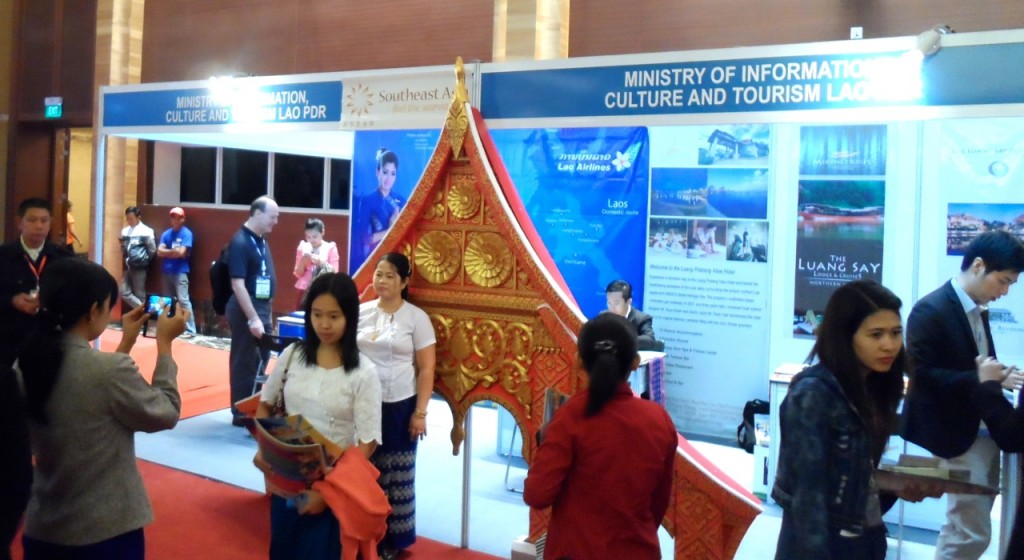 The Laotian pavilion. it was displaying the “complementary” brand logo and slogan: “Southeast Asia — Feel the Warmth” |
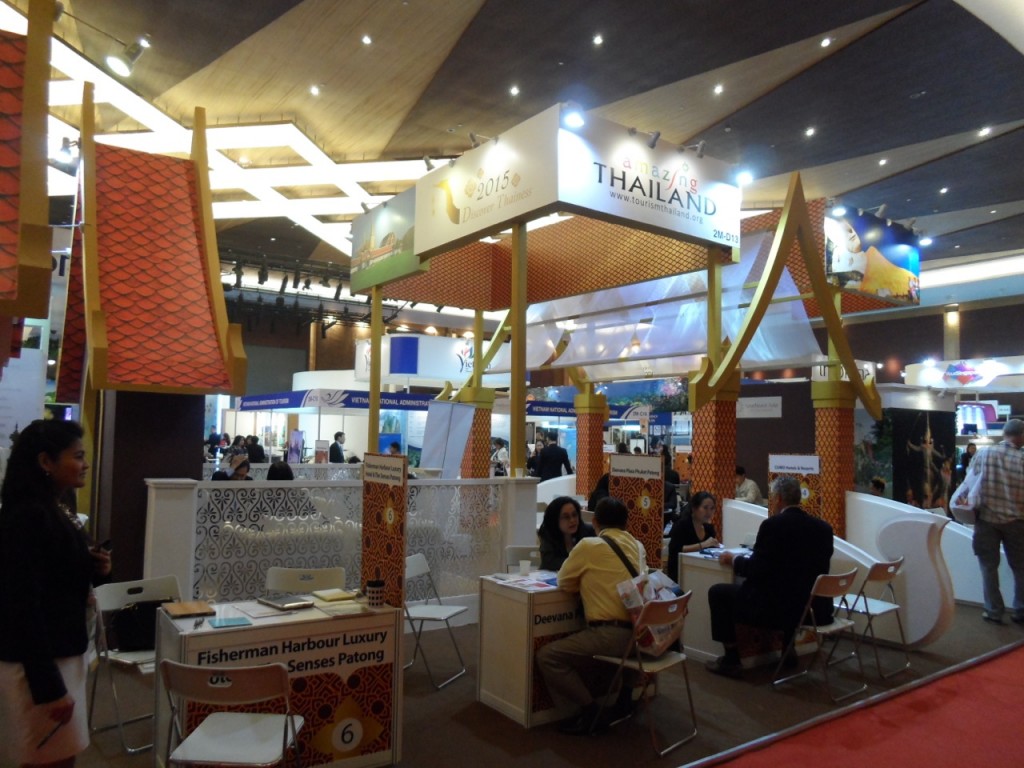 The Thailand pavilion. and the Singapore pavilion slightly visible to the right. No ASEAN logo anywhere. |
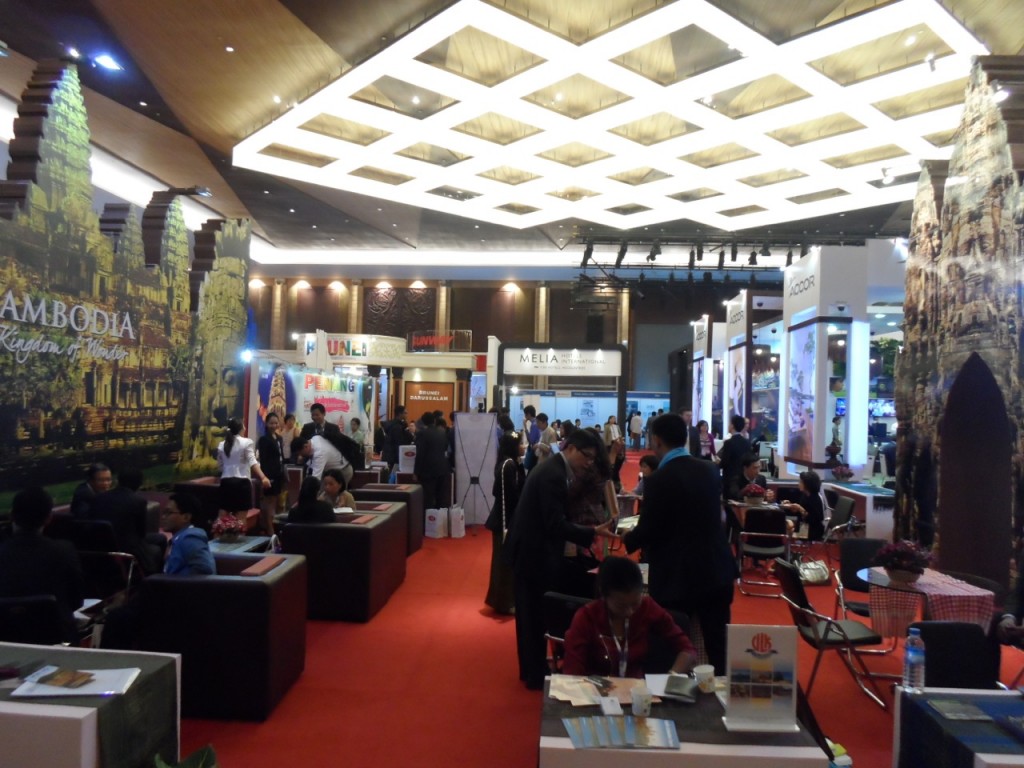 The Cambodia pavilion. No ASEAN logo here, either. |
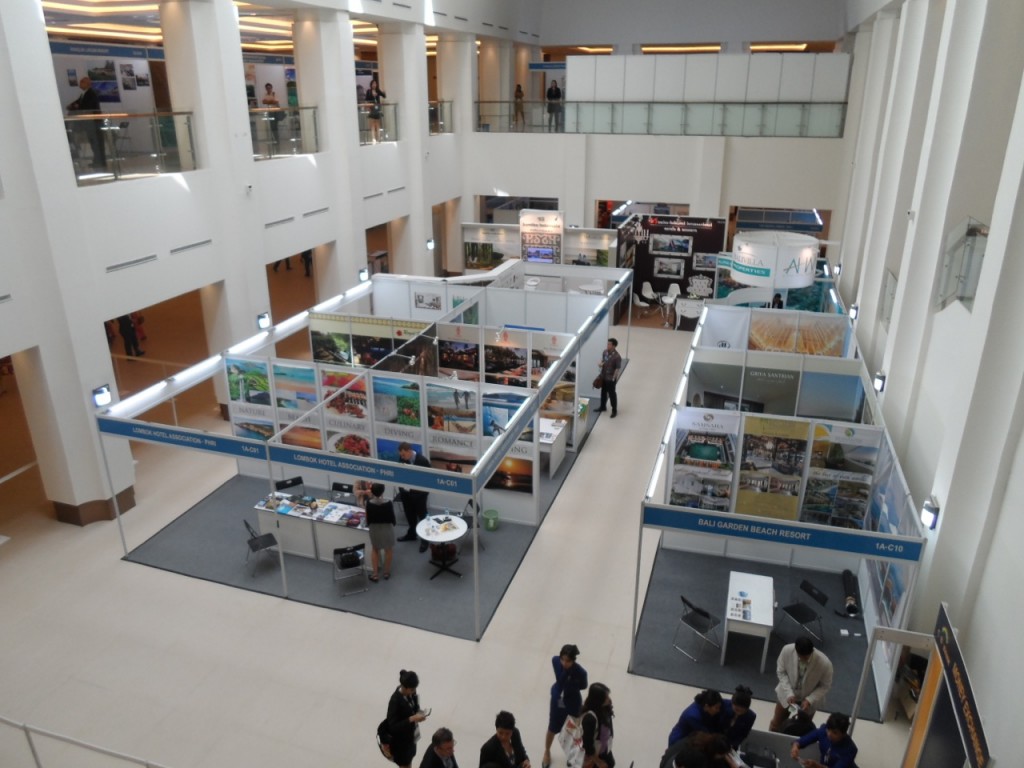 More ASEAN sellers in another part of the convention and exhibition centre. No ASEAN logo. |
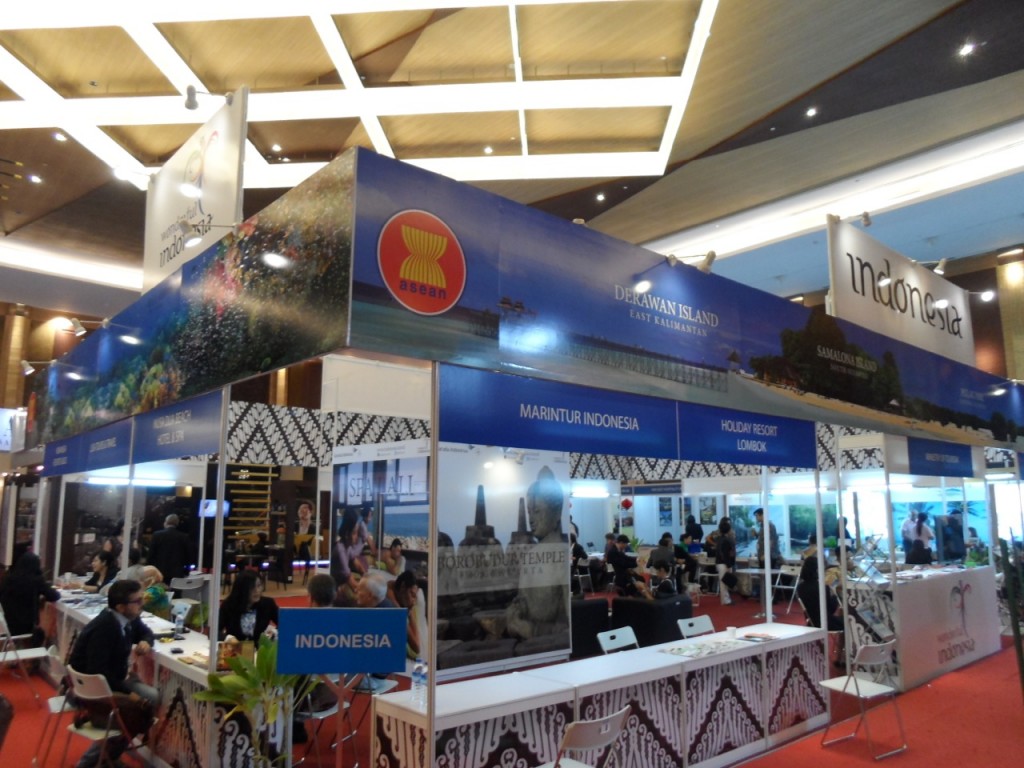 Here, finally, is the only pavilion displaying the ASEAN logo — Indonesia. |
Way back in November 2002, ASEAN tourism ministers signed the ASEAN tourism agreement which outlined, amongst others, the following objectives: 1) Promote ASEAN as a brand in the international market; (2) Enhance the development and promotion of ASEAN as a single tourism destination with world-class standards, facilities and attractions.
So, in January 2015, why was only one ASEAN country pavilion displaying the ASEAN logo? If this is considered a failure, who should be held responsible?
Thousands of ASEAN taxpayer dollars are spent every year to organise annual meetings of the tourism ministers as well as the national tourism organisations, after which lofty communiqués and media statements hail the “spirit” of ASEAN unity, solidarity and commitment to building an integrated community.
But even the relatively simple task of enhancing the prominence of the ASEAN logo, which is expressly designed to symbolise ASEAN unity and solidarity, has not been achieved.
An ASEAN High-Level Task Force, set up in 2013 to suggest ways of improving the Jakarta-based ASEAN secretariat, identified one problem as being a lack of adequate follow-up to ensure that decisions reached at various ASEAN meetings are actually implemented.
The absence of the ASEAN logo at the ATF 2015 proves that true.
Apparently, no-one at the secretariat has bothered to inspect the trade shows, both the annual ATFs as well as the many other global shows attended by the ASEAN countries, to check if the logo is being prominently displayed, in line with the objective of promoting the brand image.
This is the final year of the ASEAN Tourism Strategic Plan 2011 – 2015. One of its tasks was to develop “an ASEAN tourism marketing strategy which will create a brand, target markets, communication strategy, distribution approach and implementation structure.”
Instead of finding simple, cost-effective ways to advance the ASEAN brand, the plan suggested creating a new brand based on the slogan, “Southeast Asia – Feel the Warmth”. This was the brainchild of a group of Australian, British and American consultants, funded by the US Agency for International Development, who admitted doing nothing more than a cursory search of tourism guidebooks on www.amazon.com to back a claim that the name “ASEAN” did not have a global brand recognition.
Because the USAID was backing this consultancy project with US$4 million over five years, the ASEAN Tourism Ministers signed off on this hair-brained scheme. A new website www.southeastasia.org was formally launched at the ASEAN Tourism Forum in Brunei Darussalam 2010.
In August 2010 funding for the support of the website was ended by USAID after a number of media reports, led by this editor and Travel Trade Report Editor Don Ross, questioned the project’s conclusions, strategies and legality, especially in view of the economic sanctions then in place against Myanmar.
The USAID project ignored a more simple solution suggested by Mr. Oscar Palapyap, former chairman of the ASEAN Tourism Marketing Task Force who said in a 2009 report, “ASEAN has a logo and a tagline “Perfect 10 Paradise” but (this) does not seem to be very well known. Although member countries are supposed to carry the logo in their collaterals, this initiative still has to be fully realised.”
The pictures taken at the ATF 2015 prove that it has still not been realised.
Now, the ASEAN national tourism organisations are drafting a new ASEAN strategic master plan covering the period 2016-25. A preliminary draft made available to this editor regurgitates the same old issues on branding and enhancing “market awareness.”
One section on “Key Challenges for ASEAN Tourism” says that the first challenge is “improving market awareness.” Another section on setting the “Strategic Directions” says that “these can be reduced to two core strategic directions: Enhancing competitiveness of ASEAN tourism; and ensuring sustainable and inclusive tourism.”
It adds, “The first strategic direction addresses the challenges of improving market awareness.”
Effectively, that’s back to Square One.
Decades after the Visit ASEAN Year 1992 and numerous other strategic plans, lofty meetings, communiqués and media statements, the ASEAN tourism industry is still working on “improving market awareness.”
These pictures prove why it has failed to adopt simple solutions first, based on the very basic conclusion by Mr. Palapyap: “Although member countries are supposed to carry the logo in their collaterals, this initiative still has to be fully realised.”
At the ATF 2015, only one member country was cognizant of this lapse, and sought to fix it.
Emblazoning the ASEAN logo across all collaterals, travel trade events, media conferences, websites, name-cards, social-media and other marketing campaigns by the entire ASEAN travel, tourism and transport industry, including hotels, airlines, airports, convention centres, attractions and more, will significantly enhance the ASEAN brand image, market awareness and, most important, identity.
If the travel & tourism industry takes the lead, other ASEAN economic sectors will follow suit. Recognition of the ASEAN logo will expand regionally and globally.
In the year set to mark the official launch of ASEAN’s economic, socio-cultural and political-security integration, it will help attain the overarching goal of creating “One Vision, One Identity and One Sharing and Caring Community.”
The ITB Berlin, the world’s biggest travel show to be held in March, would be a good place to set this ball rolling.



Liked this article? Share it!